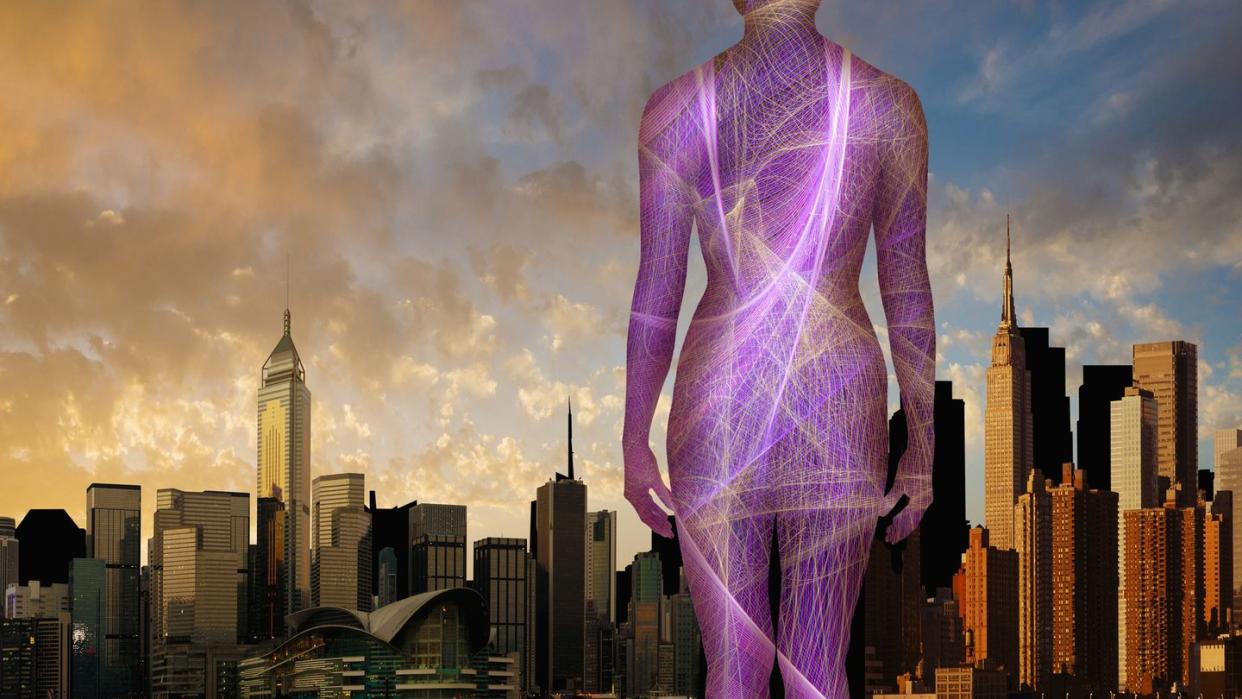Toyota Is Building a Strange ‘Living Laboratory’ That 360 People Will Call Home

Toyota’s “Woven City” is described as a “living laboratory” where the company will use green energy technologies and AI to build a city of the future.
Under construction for three years, the 175-acre experiment is now ready for its first residents but the first “demonstration trials” won’t begin until sometime in 2025.
Projects like “Woven City” have been criticized due to its reliance on hydrogen at the expense of other investment into other green energy technologies.
By estimates from the United Nations, nearly 70 percent of the world’s population will live in cities by the year 2050. And while cities are the most environmentally friendly places for humans to live thanks to their immense density, they’re far from achieving the net zero goals set out by the Intergovernmental Panel on Climate Change (IPCC).
For the past three years, in order to investigate the best technologies for building into some future metropolises, Toyota has been building a “living laboratory” at its former Higashi-Fuji Plant near the foothills of Mount Fuji. Called the “Woven City,” this 175-acre urban experiment incorporates the latest technologies—hydrogen power, artificial intelligence, autonomous vehicles, and even robots—and the company recently announced that the city’s very first residents are starting to move in.
According to Toyota, the entire project cost around $10.13 billion and will contain residences, stores, plazas, and other amenities—basically, everything you’d need in a functional city. Unlike the other ill-advised, billionaire-funded utopian projects out there, Toyota claims that “Woven City” will hopefully “accelerate the development of technology and service innovations,” so that it has a purpose beyond simply building a city from scratch. The name of the city is an homage to the company’s founder, Sakichi Toyoda, who invented the automatic loom back in 1891.
While the first phase of construction is scheduled to be completed this summer, it’ll still be another year before Toyota begins some of its “demonstration trials,” according to IFLScience. Those will include remote communication tech, as well as smart logistics services that are linked up with delivery services. In other words, it’ll be an urbanism laboratory that’ll hopefully lead to insights that make existing cities safer and greener.
However, the “Woven City” isn’t without its detractors. Some experts have argued that Japan’s singular obsession with hydrogen—which sometimes comes as a detriment to investments like wind or solar—has been a “complete failure.” One of the main points of criticism is targeted at the “Woven City” itself, because it uses portable hydrogen canisters to power things inside and outside the home. The Renewable Energy Institute, a Japanese environmental think tank, says that hydrogen is best used in heavy industry, such as aviation and steelmaking, and not so much power generation for single homes and vehicles.
Investment in hydrogen would be all well-and-good if other areas of the green energy transition kept pace, but Bloomberg reported in late 2023 that Japan is lagging behind in these other sectors, and even says that the country is the “land that the energy transition forgot.”
Whether you’re an optimist or pessimist when its comes to hydrogen, you can’t deny that Japan has bet big on the technology. Now, the ‘Woven City’ will be one of the biggest projects that’ll determine whether that bet will finally pay off.
You Might Also Like


